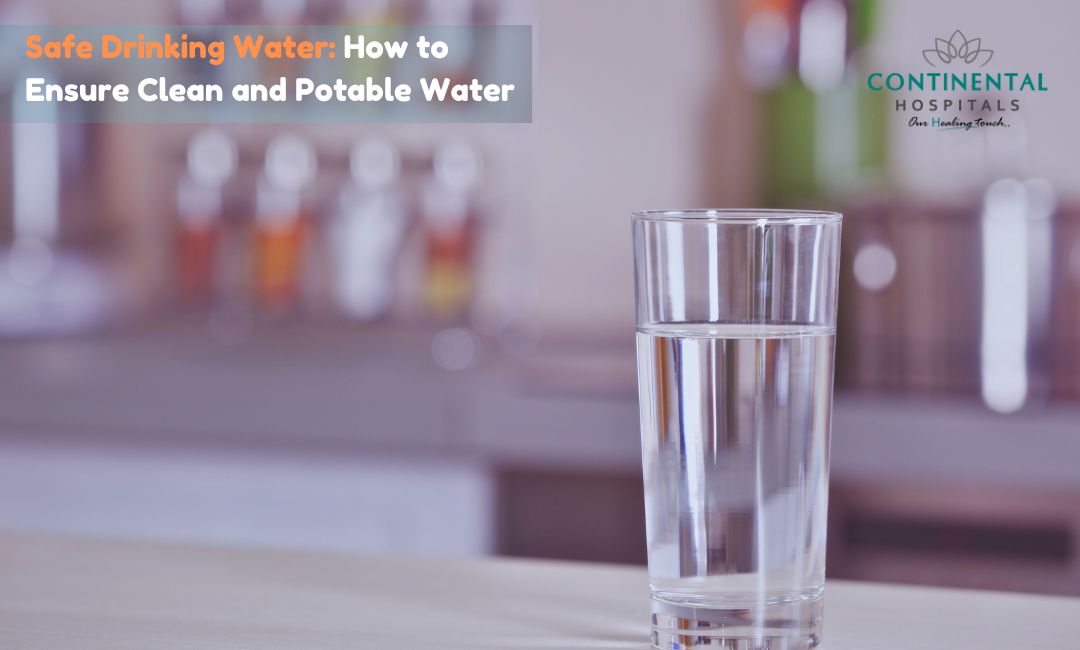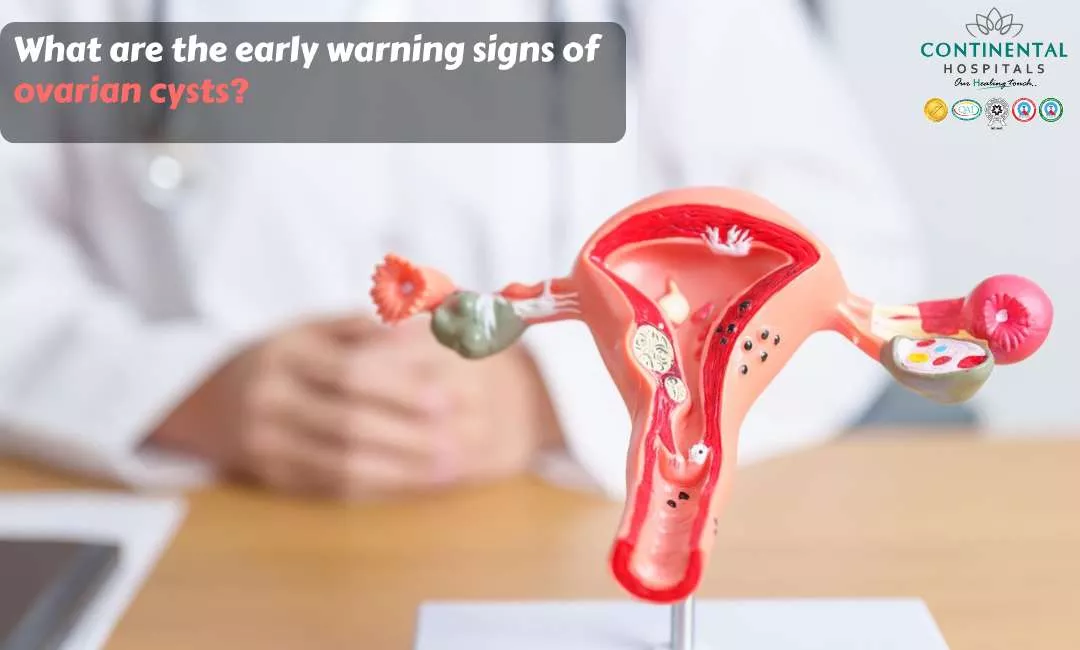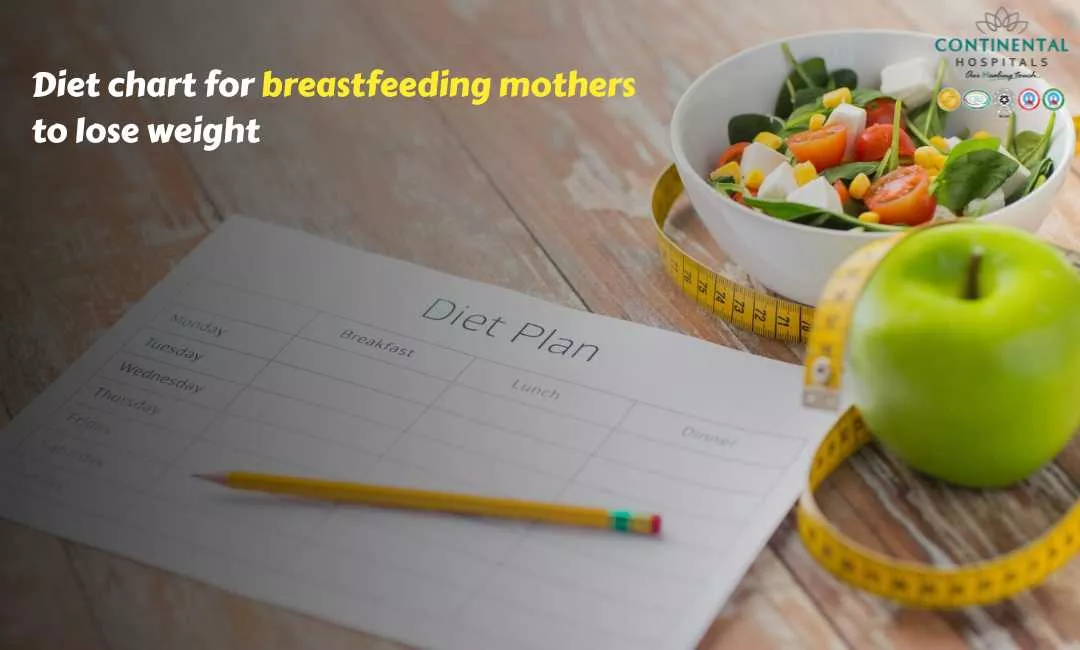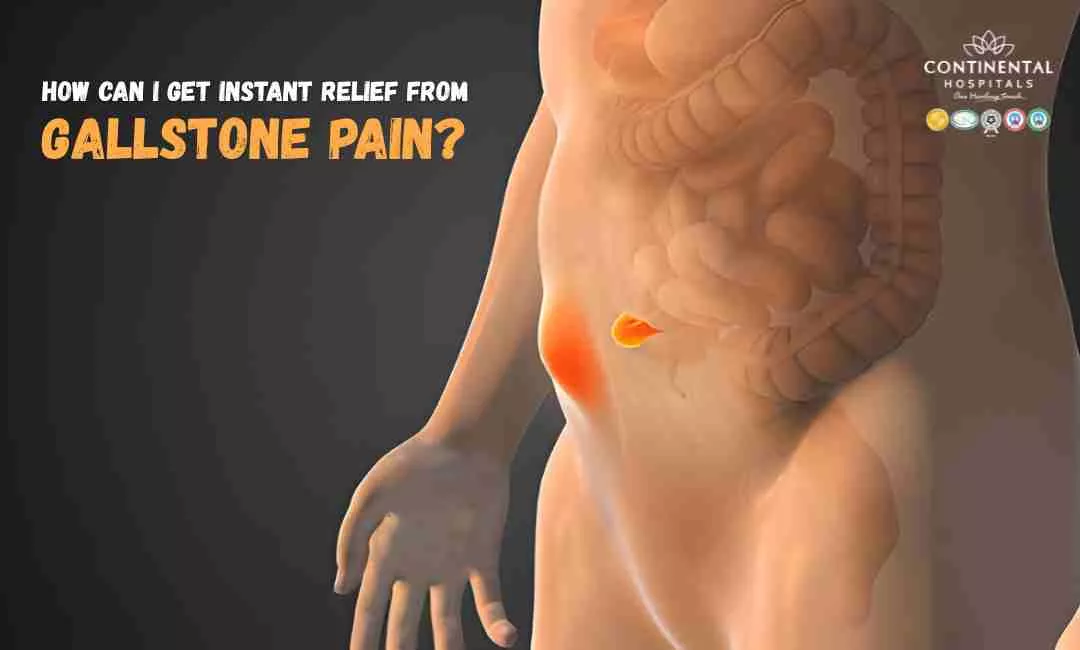Access to clean and safe drinking water is fundamental for maintaining good health and well-being. Despite significant advancements in water treatment technologies, millions of people worldwide still struggle with access to potable water. This blog will explore the importance of clean drinking water, common contaminants, methods to ensure water safety, and treatment options available at Continental Hospitals.
The Importance of Clean Drinking Water
Water is essential for life. It is involved in nearly every bodily function, including digestion, circulation, temperature regulation, and waste elimination. Drinking contaminated water can lead to serious health issues such as gastrointestinal infections, reproductive problems, and neurological disorders. Ensuring access to clean water helps prevent diseases, promotes overall health, and supports the body's natural functions.
Common Contaminants in Drinking Water
Contaminants in drinking water can come from various sources and can be categorized into biological, chemical, and physical contaminants.
Biological Contaminants:
Bacteria: E. coli, Salmonella, and Vibrio cholerae can cause severe gastrointestinal illnesses.
Viruses: Norovirus, Hepatitis A, and Rotavirus can lead to illnesses ranging from mild stomach upset to severe liver disease.
Protozoa: Giardia and Cryptosporidium are microscopic parasites that cause diarrhea and other digestive issues.
Chemical Contaminants:
Pesticides and Herbicides: Used in agriculture, these chemicals can seep into groundwater and contaminate drinking supplies.
Heavy Metals: Lead, arsenic, and mercury can enter water through industrial discharge and corrosion of pipes, leading to severe health problems, including developmental issues in children.
Pharmaceuticals: Residues from medications can find their way into water sources through improper disposal and human excretion.
Physical Contaminants:
Sediments: Soil erosion and runoff can introduce particles like sand, silt, and clay into water, affecting its clarity and quality.
Microplastics: Tiny plastic particles from various sources, including packaging and personal care products, are increasingly being detected in water supplies.
Methods to Ensure Safe Drinking Water
Ensuring safe drinking water involves multiple approaches, from source protection to household treatment. Here are some effective methods:
Source Protection:
Protecting water sources from contamination is the first line of defense. This includes proper disposal of waste, regulating agricultural runoff, and maintaining natural buffers around water bodies.
Water Treatment Plants:
Municipal water treatment plants use a series of processes to purify water, including coagulation, sedimentation, filtration, and disinfection. These plants are designed to remove contaminants and provide safe drinking water to communities.
Boiling:
Boiling water is one of the simplest and most effective methods to kill biological contaminants. Boiling for at least one minute (or three minutes at higher altitudes) can make water safe to drink.
Filtration:
Various filtration systems can remove physical and some chemical contaminants. Activated carbon filters, ceramic filters, and reverse osmosis systems are popular choices for home use.
Chemical Disinfection:
Using chemical disinfectants like chlorine and iodine can effectively kill microorganisms in water. However, it's important to follow guidelines for proper usage to avoid harmful chemical exposure.
Solar Disinfection (SODIS):
This method involves filling clear plastic bottles with water and exposing them to direct sunlight for several hours. The UV rays from the sun can kill bacteria and viruses, making the water safe to drink.
Ultraviolet (UV) Treatment:
UV water purifiers use ultraviolet light to destroy microorganisms. These devices are effective and do not alter the taste or smell of water, but they do not remove chemical contaminants.
Distillation:
Distillation involves heating water to create steam and then condensing it back into liquid form. This process removes a wide range of contaminants, including heavy metals and salts, but it can be energy-intensive.
Household Tips for Ensuring Safe Drinking Water
Ensuring access to safe drinking water is essential for maintaining good health. Here are practical household tips to help safeguard your water supply:
Use a Water Filter: Invest in a quality water filter certified to remove contaminants such as chlorine, lead, and bacteria. Choose filters that match your water quality needs, whether from tap water or well water sources.
Boil Water: Boiling water is an effective method to kill harmful bacteria and parasites. Bring water to a rolling boil for at least one minute, then let it cool before consuming or storing.
Store Water Properly: Use clean, food-grade containers to store water. Seal containers tightly to prevent contamination from dust, insects, or other pollutants.
Regularly Clean Water Storage: Clean water storage containers thoroughly with soap and water. Rinse well and sanitize periodically to prevent bacterial growth.
Test Water Quality: Periodically test your water quality, especially if you rely on well water or notice changes in taste, odor, or appearance. Testing can detect contaminants and ensure your water is safe for drinking.
Avoid Plastic Containers: Limit the use of plastic containers for long-term water storage, as they can leach chemicals over time. Opt for stainless steel or glass containers where possible.
Maintain Plumbing: Inspect and maintain plumbing fixtures regularly to prevent leaks and potential contamination. Replace old pipes or fittings that may corrode or degrade water quality.
Use Cold Water for Cooking and Drinking: Cold water is less likely to leach contaminants from plumbing compared to hot water. Use cold water for drinking and cooking purposes.
Keep Water Sources Covered: Protect outdoor water sources, such as wells or rainwater collection tanks, with secure covers to prevent contamination from debris, animals, or pollutants.
Educate Family Members: Teach household members about water safety and hygiene practices. Encourage children to avoid playing near water storage areas to prevent accidents and contamination.
Conclusion
Ensuring clean drinking water is essential for maintaining good health. By understanding contamination sources and employing appropriate purification methods, you can safeguard your family from waterborne diseases. Regular testing and awareness of local water quality issues are key. For medical concerns related to waterborne illnesses, trust Continental Hospitals to provide expert care and treatment options tailored to your needs.
.webp)














